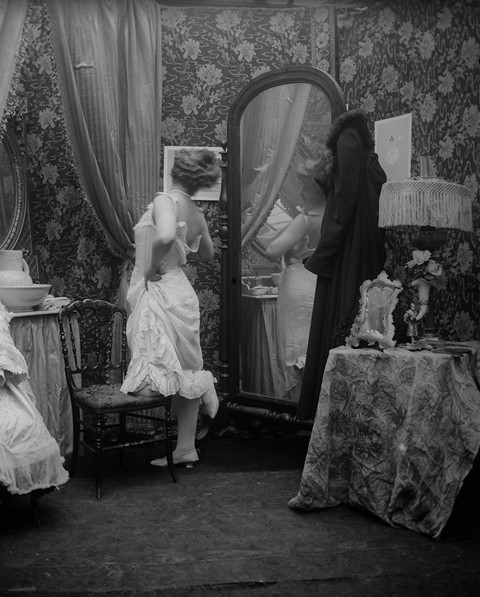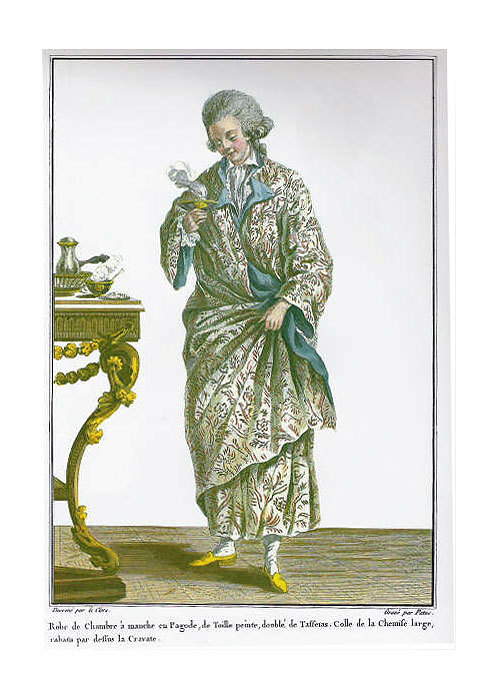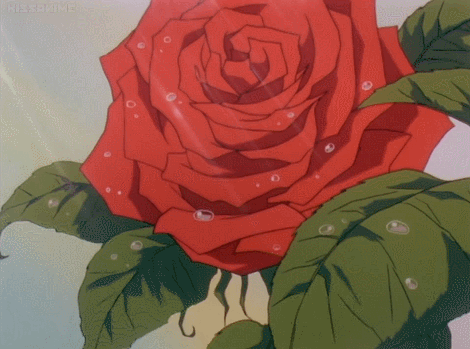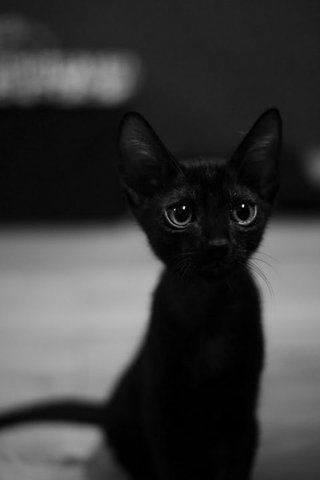Don't wanna be here? Send us removal request.
Photo
I loved Salem so much. Will someone hire me to work in TV please? I’m ready! #workgoals #beautiful #witches

GREEN- boned bodice for the lovely @tamzinmerchant as Anne Hale from tv’s Salem 🌈Month of Pride rainbow showcase 🌈 #periodcorsetspridemonth #annehale #tamzinmerchant #salem #salemtvshow #witch #televisioncostumes #costumedesign #historicalcostume #salemcosplay #salemwgna #salemwgn #tvcostume #costumedesign #costumeshop #rainbowpride🌈 (at Seattle, Washington) https://www.instagram.com/p/By3H62WFwOT/?igshid=azohj3ptyxa7
28 notes
·
View notes
Text
Hey it’s me!
yes i’m an artist. yes i don’t know how to draw. we exist
56K notes
·
View notes
Text
I think this is something that may have come from our Mama..... I do the same damn thing with my sewing projects 🤣
I may not be terribly creative or original…
But goddamn if i dont like pulling my hair out trying to draw a thing
16 notes
·
View notes
Photo

La toilette d’une Parisienne, 1900-1910.
© Léon et Lévy / Roger-Viollet
291 notes
·
View notes
Photo
Top ten perfect films


Beyond the Valley of the Dolls, 1970, Russ Meyer
1K notes
·
View notes
Photo
Awwwww

Correcting the injustice of the lack of baby possums on this subreddit
1K notes
·
View notes
Text

#TBT from coming out Day last year. First day of high school 1997 #Gayeveryday #queer #babydyke #powaycalifornia #phs
0 notes
Text
So very real
Once you realize your worth you get disgusted remembering the shit you settled for
218 notes
·
View notes
Text
A Lesson for Young Witches
If you cannot find representations for a given element, remember…
You are supported by a rigid skeleton made of minerals. You are earth.
Your body is over 70% fluid. You are water.
Your lungs take in and expel breath. You are air.
Your blood is warm and your brain runs on electrical impulses. You are fire.
Your essence, however you describe it, resides within you. You are spirit.
You are composed of gifts from every element, and every element is given marvelous life in you.
Never feel that you are insufficiently magical for lack of icons or accoutrements or accessories.
You are ALWAYS magic. You are ALWAYS enough.
26K notes
·
View notes
Photo










Banyan
For us, this is just a robe, but in the 18th century with fashion being so over the top, this was a key garment in a man’s wardrobe: inspired by East Indian style clothing and borrowing its name from the Hindu word for “trader”, this was what men wore at home. Or the street. Or at intellectual work. Basically anywhere they wanted to be comfortable at.
The banyan (a.k.a. morning gown, Indian nightgown, wrapper, at-home robe, dressing gown, robes de chambre) started as a simple T shape full garment with no closing, almost floor length and sleeves that were folded to mock cuffs. Later on, actual cuffs, pockets and front buttons were added.
Of course, this garment kept with it an air of exoticism not only in its shape but the fabrics: damasks, brocades, calico, chintz… everything that came together with the Chinoiserie decorations, the Indian spices and the Chinese tea. This was a whole look and lifestyle that required effort to keep but no effort at all to wear.
Sometimes the banyan was worn with a matching waistcoat, but it could simply be worn over the breeches and shirt and with or without the usual waistcoat. To complete the look, a cap or headwear was added. Because why not.
Images from top:
Three banyans from the Met Museum.
Yellow silk damask banyan, ca. 1780, Great Britain, Met Museum.
Light blue and beige silk brocade banyan, ca. 1730, France, Met Museum.
Striped blue, white and yellow silk banyan, second half of the 18th century, Europe, Met Museum.
“Portrait of an unknown man”, about 1730-40, Carle Van Loo, France, Château de Versailles.
Floral silk brocade banyan, 1735-40, cut about 1780, France, Royal Ontario Museum.
Grey cannetillè silk banyan, ca. 1765, France, LACMA.
Fashion plate of “Robe de Chambre”, ca. 1775, France.
Printed cotton banyan, ca. 1750, made in India for the European market, LACMA.
Blue silk damask Banyan with block printed lining, ca. 1750 (reproduction from Norah Vaugh’s book The cut of men’s clothes), via Duran Textiles.
Pattern of Man’s At-home Robe (Banyan), about 1750–60, LACMA. Click and download the pattern from the LACMA website :)
1K notes
·
View notes
Photo









COSTUME SERIES: Women’s dressing gowns/robes [part 2/2]
1K notes
·
View notes






